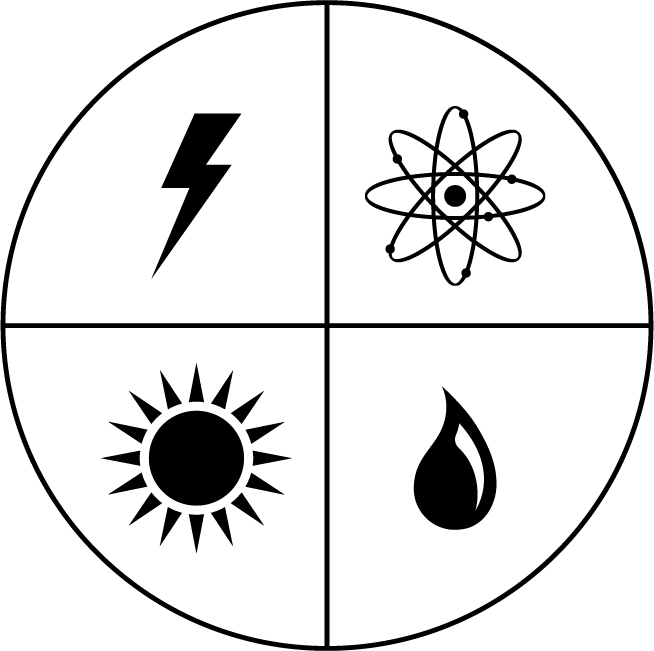Additional revenue. While this writing (and I as an author) remain politically nonpartisan, I should state for the record that I believe that our current state of taxation is neither fair nor of high value, considering what we actually get for our tax dollar. It's not a question of preferring high or low taxes, it's a question of what value we obtain per tax dollar spent.
However, if we are going to make an honest attempt to both reallocate our federal spending towards more socially beneficial focuses and pare down our national debt, the concept of increasing these taxes is worth considering in abstract. Yet in doing so, this model will not focus on income taxes directly, and instead will seek to raise revenue through additional sales on tobacco, alcohol, marijuana (legalized) and luxury goods. Here’s how this could look:
Vice excise taxes: the federal cigarette tax today is $1.01 per pack, and brings in $14 billion for the federal government.[12]
The federal tax on alcohol is $13.50 per proof-gallon of distilled spirits (roughly 21 cents per ounce of alcohol), $18 per barrel of beer (roughly 10 cents per ounce), and $1.07 per gallon of wine (roughly 8 cents per ounce).[13] These taxes collect approximately $10 billion per year for the federal government.
As marijuana is illegal on the federal level, the federal government does not collect a tax on its illicit sales, although the tax revenue raised in states it has been legalized are significant (roughly $1 billion for FY2018).[14]
Cognizant of these figures, this model would suggest considering the following excise tax increases:
- Raising federal tobacco taxes by 300%, raising a total of $42 billion per year (assuming consistent demand).
- Alcohol, in all forms, would be taxed per proof gallon, which is the method proposed by the Congressional Budget Office. Recommending a flat tax of $16 per proof gallon, they concluded that such a tax would equal about 25 cents per ounce of alcohol (29.57ml).[15] This tax increase was estimated to net an additional $9 billion per year to total $19 billion on all alcohol sales taxes. As with tobacco, this model would suggest a 300% increase, arriving at a tax of $48 per proof gallon. Assuming consistent demand and sales volume, this would raise $57 billion annually.
- Marijuana would be made completely legal in this model and would be taxed and in the same capacity as alcohol and tobacco. Current sales models are difficult to predict because marijuana is presently classified as an illegal narcotic. Yet a 2005 report endorsed by more than 50 distinguished economists (including Milton Friedman) concluded that legalizing marijuana would save $13.7 billion in enforcement / prosecution / incarceration costs, while approximately $34.3 billion would be yielded by tax revenue of its nationwide sale.[16] This would come to a total of $48 billion.
Luxury excise tax: this model would also suggest the possibility of modest taxes on high-end luxury items under the reasoning that if one is wealthy enough to afford a private jet, exotic sports car or luxury yacht, a 10% tax increase would not be a prohibitively difficult expenditure. The U.S. luxury goods market in 2018 was $191.8 billion. A 10% tax of that sum would net $19.1 billion.
Potential total raised through vice + luxury taxes: $166.1 billion.
Revenue Totals
Based on these proposed measures, we came to the following subtotals:
- A 30% reduction in total military spending would net $350 billion.
- A 25% reduction in discretionary spending would net $159.75 billion.
- Increased excise taxes on alcohol and tobacco, along with new excise taxes on marijuana and luxury goods would net $166.1 billion.
These measures, in total, would net $675 billion annually, which would be sufficient to fund Scarcity Zero in its current form for 10 years, which thereafter could be used to pay off our national debt.
Considering that this sum is merely half of our total military spending over the past decade, 15% of our total federal spending over the past decade, and less than 5% of our annual Gross Domestic Product, it’s a small price to pay for a world without resource scarcity, resource conflict, climate change and the endless maladies brought by scarcity and the zero-sum games – and corresponding conflicts – it fuels.
